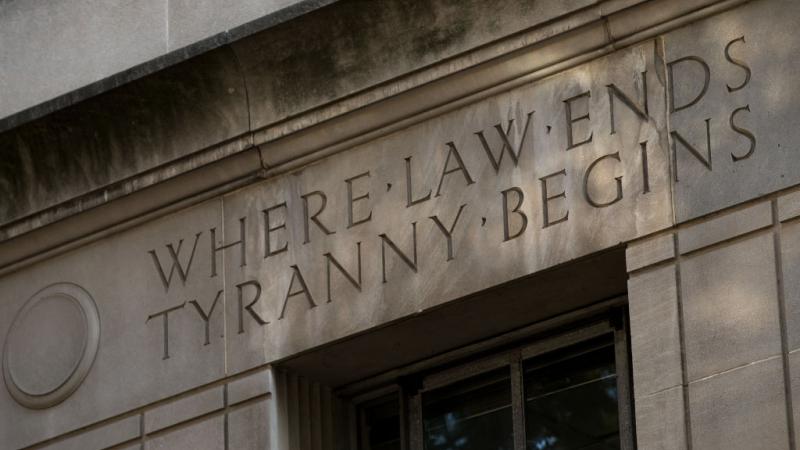Texas oil and natural gas industry paid record $26.3 billion in state and local taxes
What the industry paid in taxes and royalties translates to $72 million a day. The revenue funds Texas’ public schools, universities, roads, first responders and other essential services, the association notes. Record remittances funneled $2.81 billion into Texas Independent School Districts and $885.6 million to counties from property taxes paid from oil and natural gas production, pipelines and gas utilities.
The Texas oil and natural gas industry paid a record $26.3 billion in state and local taxes and state royalties in fiscal 2023, the highest in state history.
This was $1.5 billion more than it paid in the previous fiscal year, breaking that record of $24.7 billion, The Center Square reported.
In fiscal 2022, the industry paid the highest total in Texas history, representing a 54% increase from its previous record of $16 billion paid in 2019. It was also more than double what it paid in fiscal 2021. Fiscal 2023 smashed these records.
Property taxes paid by the oil and natural gas industry also increased over the year by $1.8 billion, as property values of oil and natural gas-bearing mineral properties more than doubled in a single year.
What the industry paid in taxes and royalties translates to $72 million a day. The revenue funds Texas’ public schools, universities, roads, first responders and other essential services, the association notes. Record remittances funneled $2.81 billion into Texas Independent School Districts and $885.6 million to counties from property taxes paid from oil and natural gas production, pipelines and gas utilities.
“American energy leadership starts in Texas and our nation, our economy and our world are better because of the unparalleled stewardship of Texas oil and natural gas companies,” TXOGA President Todd Staples said when announcing the association’s Annual Energy & Economic Impact Report.
“2023 was such a blockbuster year that the Texas oil and natural gas industry effectively rewrote its record book, clocking unmatched economic and energy achievements across the board,” he said.
Industry production taxes and royalties also nearly exclusively finance three state funds. Nearly 99% of the industry’s oil and natural gas royalties finance the Permanent School Fund and the Permanent University Fund that support Texas public education. Last year, each fund received $1.8 billion.
Texas’ Rainy Day Fund has received more than $31.2 billion from industry production taxes since it was created in 1987.
In some counties, the industry’s share of the total tax base accounted for roughly 90%, according to the analysis. In fiscal 2023, industry taxes accounted for 95% of Loving County’s tax base, 92% of Upton County’s tax base, 89.8% of Reagan County’s, and 89% of McMullen County’s, for example.
In the Permian Basin in west Texas, Reeves County received the most from oil and natural gas property taxes of $98.9 million – more than double what it received in fiscal year 2022. Loving County received $48.5 million; Midland County, $34.6 million, rounding out the top three.
By independent school district, the industry’s share of the total tax base hovered over 90% in some cases. Klondike ISD is nearly totally dependent on industry funds, which account for 96.7%, followed by 94.6% of Sands ISD’s tax base, 92.2% of the tax base of both Rankin and Wink-Loving ISD, followed by 90.9% of Nordheim ISD’s tax base and 90.7% of Westhoff ISD’s tax base, according to the data.
In the Permian Basin in west Texas, Pecos-Barstow-Toyah ISD received the most from industry property taxes of $275.2 million, followed by Midland ISD’s $205 million, Wink-Loving ISD’s $196.7, and Rankin ISD’s $129.6 million, rounding out the top four districts receiving the most money.
Since 2007, when TXOGA first started compiling this data, the Texas oil and natural gas industry has paid more than $230.3 billion in state and local taxes and state royalties. This excludes hundreds of billions of dollars in payroll for some of the highest paying jobs in the state, as well as taxes paid on office buildings and personal property.
















